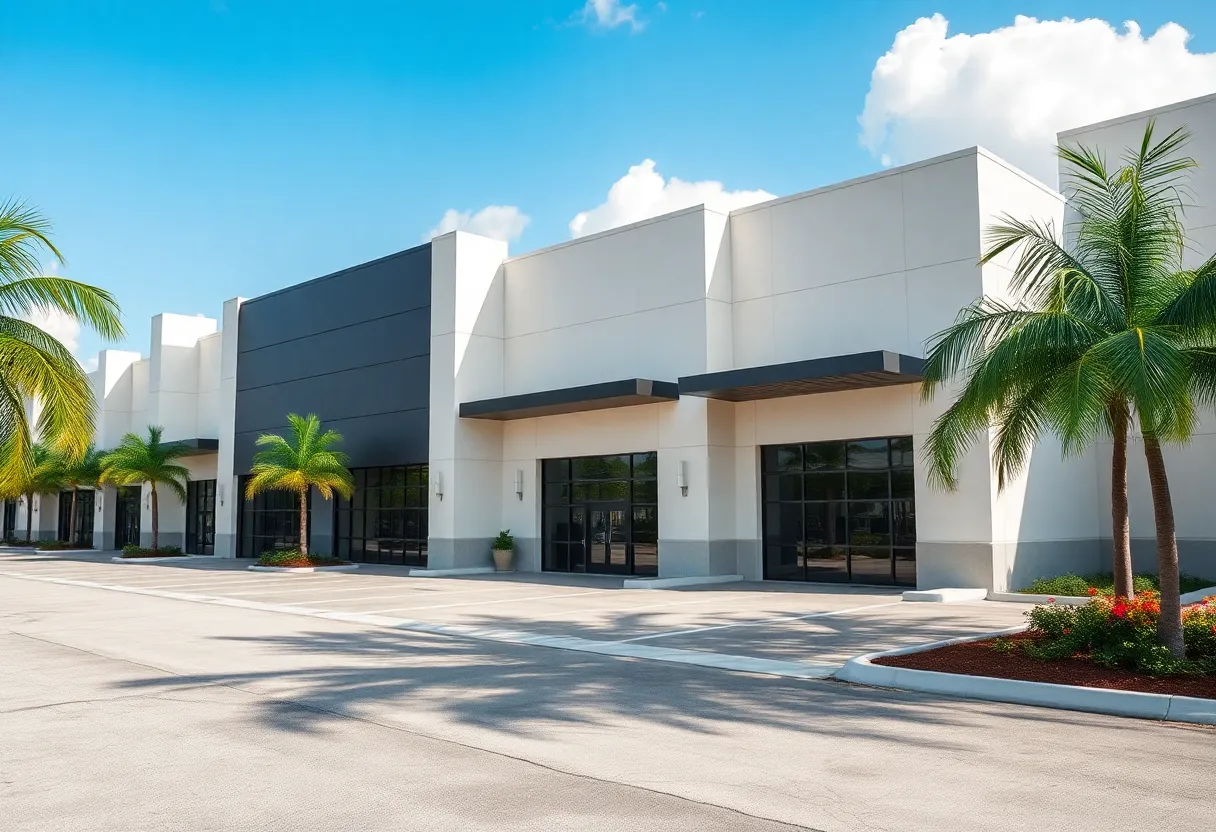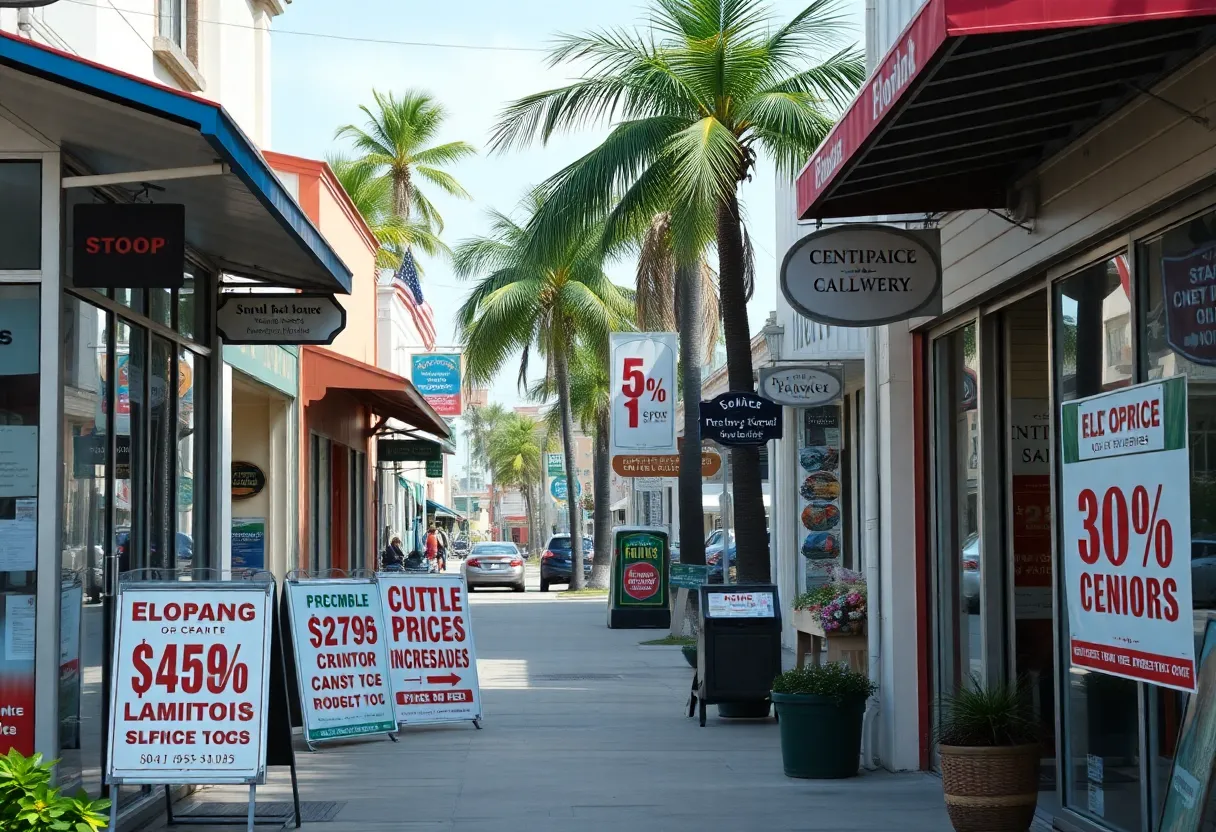News Summary
The United States and Panama are reinforcing their diplomatic and military ties in response to escalating tensions with China over the strategic Panama Canal. Recent claims by U.S. President Trump regarding Chinese influence over the canal have prompted Panama’s government to assert its sovereignty. Efforts to deepen cooperation include a defense pact and discussions on US Navy’s toll-free access through the canal. As both countries navigate these geopolitical waters, their partnership aims to reduce external pressures particularly from China.
US and Panama Strengthen Ties Amidst Rising Tensions with China over Panama Canal
The beautiful isthmus of Panama, often referred to as the “bridge of the world, heart of the universe,”, is currently the center of heated geopolitical tensions, especially regarding its crucial asset—the Panama Canal. This vital waterway connects the Atlantic and Pacific Oceans and is responsible for handling nearly 40% of the container traffic to and from the US. With such significant stakes at play, it’s no wonder that the tension surrounding who truly controls this crucial passage is escalating.
Recently, US President Donald Trump stirred the pot by making unbacked assertions claiming that China secretly holds control over the Panama Canal. This statement has been the source of much debate and concern, as it directly impacts American interests and security. Trump even went so far as to threaten a military response if the perceived Chinese influence isn’t curtailed. While such statements send shockwaves, they have sparked a response from Panama’s leadership.
Panama’s Response
Panama’s President, José Raúl Mulino, has been vocally denying Trump’s claims, insisting on Panama’s sovereignty over the canal. Notably, in a bid to strengthen ties with the US, Mulino’s government made the decision to withdraw from China’s Belt and Road initiative back in February. This move seems to be an effort to appease the US and signal a commitment to maintaining control over its vital infrastructure.
Interestingly, US investment firm BlackRock also made headlines with a $22.8 billion deal involving the purchase of 43 ports from CK Hutchison, a company that the Trump administration has accused of having connections to the Chinese government. These developments illustrate how the US is keen on solidifying its presence and influence in the region.
The US Military Stance
During a recent visit to Panama, Secretary of Defense Pete Hegseth made it clear that the US views cooperation with Panama as essential for regional security. His assertion that “China did not build this canal” echoes the US government’s stance on protecting its interests in this crucial area. The visit underscored the growing partnership between the US and Panama, aiming primarily at reducing Chinese influence over important infrastructure.
In a notable show of commitment, the Pentagon and Panama engaged in a significant defense and security pact, reaffirming Panamanian sovereignty while outlining military cooperation between the two nations. This agreement includes exciting plans for US warships to pass through the Panama Canal at no cost. Additionally, there are discussions about re-establishing US military bases in Panama, albeit the local government has denied considering this option.
China’s Reaction
China has not remained silent amidst these developing tensions. They have issued critical responses questioning who genuinely poses a threat to the canal’s security. This ongoing dialogue highlights the complex and often hostile relationships formed during this time of uncertainty.
Moreover, Panama’s Canal Affairs Minister has stated that plans are in motion for the US Navy to enjoy toll-free passage through this key waterway, reflecting the strengthened ties between the two nations. Under Hegseth’s guidance, discussions have also focused on how to effectively reduce Chinese economic and military presence in the region.
What Lies Ahead
With the US and Panama working closer than ever, they’re not just forging bonds but also gearing up to tackle the challenges posed by China’s rising investments in the Western Hemisphere. From cybersecurity collaborations to new engineering projects, the deepening relationship promises a safeguard against external pressures. As the two nations navigate this evolving landscape together, all eyes are on how effectively they will curb outside influence, particularly from Beijing.
The Panama Canal remains a pivotal asset, and as these diplomatic ties strengthen, both nations inspire hope for a future characterized by mutual benefits and increased collaboration. It’s a fluid situation that will undoubtedly continue to unfold, but one thing is clear: Panama is determined to stand strong as it charts its course through choppy geopolitical waters.
Deeper Dive: News & Info About This Topic
- The Hill: US and Panama Cooperation
- Wikipedia: Panama Canal
- CNN: US-China Rivalry over Panama Canal
- Google Search: US Panama Canal security
- Fox News: Panama-US Security Pact
- Encyclopedia Britannica: Panama Canal
- Reuters: Panama Should Secure Canal with US
- Google News: Panama Canal China US
- Bloomberg: Guarding Panama’s Sovereignty
- Axios: Hegseth on China Panama Canal







